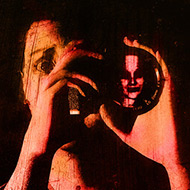
Shutter Story places photography at the center of discovery and exploration. Players use a camera to capture fleeting details, subtle movements, and environmental changes. Each photograph reveals hidden elements that contribute to a larger narrative. Success requires careful timing, attention to detail, and critical analysis, making observation the key mechanic and the main path to progression.
In Shutter Story, minor details often contain crucial information. Shadows, reflections, and small shifts can reveal hidden story elements. Players must decide when to capture these details and understand their significance. Observation and timing are crucial, and repeated visits may be necessary to catch all essential moments.
Every photo contributes to a growing archive that helps players uncover the story. By comparing images, identifying recurring elements, and connecting patterns, players gradually assemble a coherent narrative. The game emphasizes reasoning and careful analysis over trial and error.
Shutter Story introduces environmental changes triggered by photography. Capturing the right moment may unlock hidden areas or alter subsequent events. Timing and precision are crucial, requiring players to anticipate movement and environmental shifts for effective documentation.
Success in Shutter Story is determined by perception. Players learn to detect relationships, track recurring patterns, and analyze visual information critically. Each photograph contributes to understanding the world, making the game an experience centered on careful attention and thoughtful analysis.